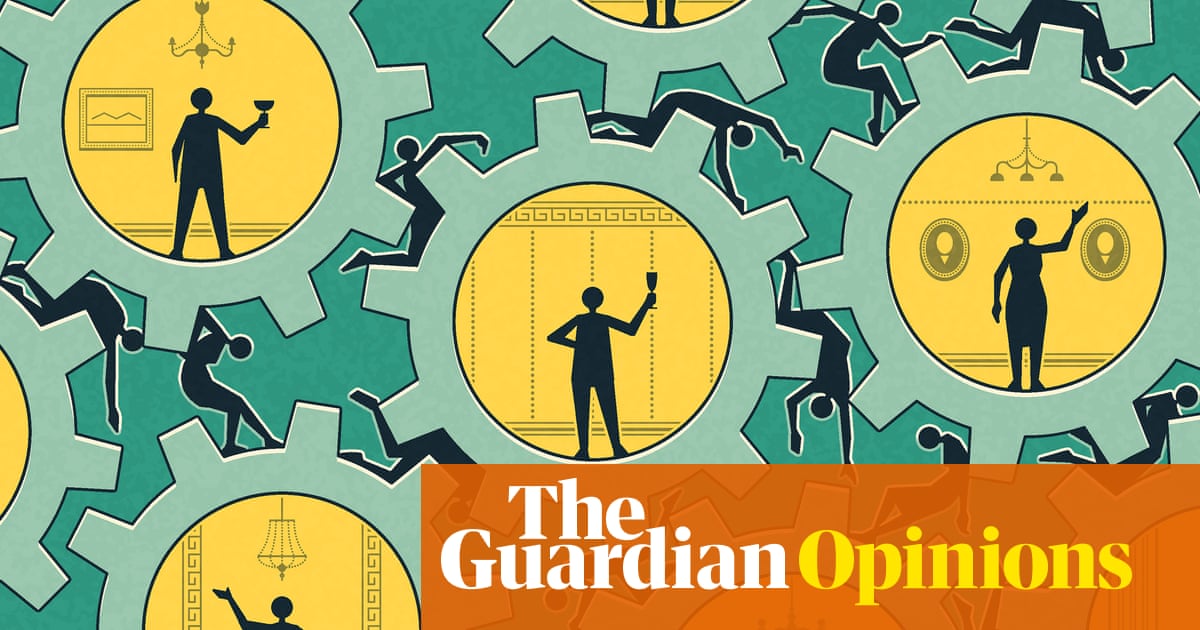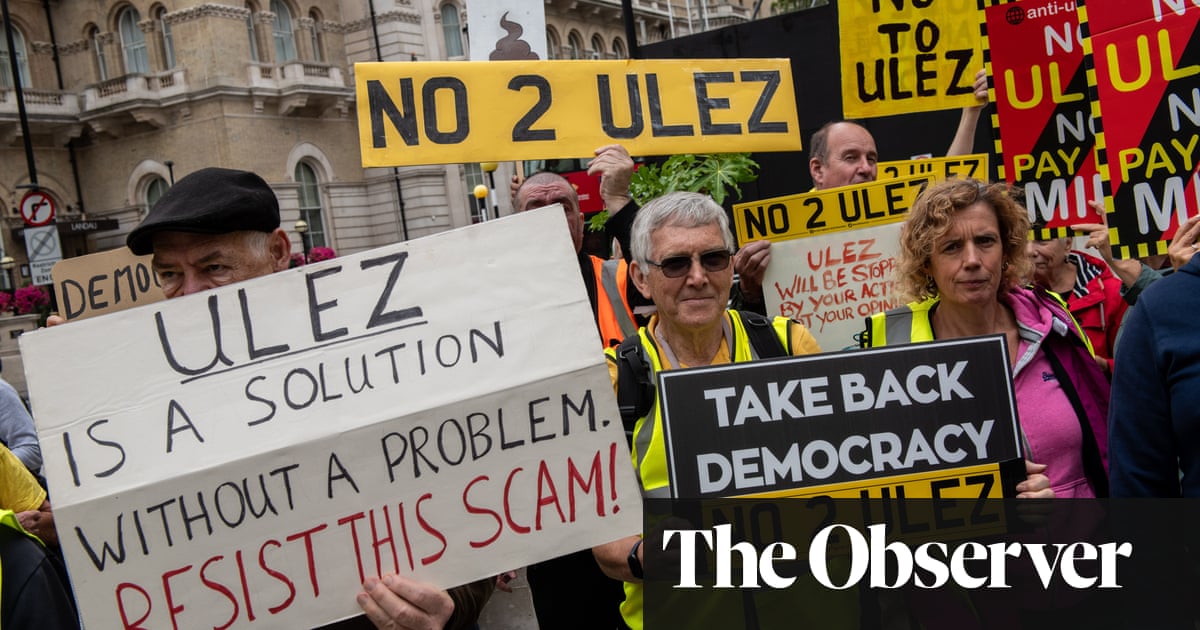
Lafayette Square in Washington DC has seen considerable political upheaval over the past month. After clashes with police, Black Lives Matter protesters turned the fenced-off area that was built to block protesters from entering the White House, into a crowd-sourced memorial wall, piled with paintings, posters and drawings of George Floyd, and other victims of police brutality, since rallies erupted on 25 May.
This wall has become a sort of open-air museum around the White House, where thousands of protesters left their homemade placards, made of cardboard and paper, reading statements from “Black Lives Matter” to “Justice for George Floyd”. Leaving signs on the fence is a symbol of resistance, as protests continue in the capital and around the country.
A number of art museums across America have also started collecting these placards, among other protest paraphernalia, from the recent protests during the pandemic.
“On a whole, collecting placards and protest artefacts preserves history in real time,” said Maggie Shum, a political researcher at Notre Dame University in Indiana. “It signals the gravitas of the issues we are facing today as a nation, giving legitimacy and credibility to those who are part of the fight for racial justice.”
One art institution that has been collecting protest signs over the past month is the Orange County Regional History Center in Orlando, Florida. From photographs to media posts, videos and face masks, they want to mark this moment of political upheaval in America.
“Urgent-response art collecting is going out and getting things, as it’s happening,” said the center’s chief curator, Pamela Schwartz. “I’m always the first boots on the ground at a protest or Trump rally doing pop-up oral history interviews and collecting items.”
However, Schwartz and her team will not be just taking placards, as people’s stories continue to unfold. “We cannot yet collect many signs or posters because the individuals are still actively using them,” she adds. “We are, however, working to reach out to the creators and earmark them for eventual donation into the collection along with oral histories about their experience.”
As time progresses, the nature of the interviews will change – the same protesters could be interviewed two years from now, asking if they are happy with the legislation that has passed, to see if things have actually changed.
From a Black Lives Matter protest in downtown Orlando, they have collected a face mask with anti-Trump messaging (one says “Trump Resign”) and a photo of a protester holding up a sign for July Perry who was lynched 100 years ago in the Ocoee massacre in Florida. They also have collected a postcard with victims of police brutality listed (including names such as Breonna Taylor and Walter Scott). “The names were listed so people could chant them together in an order, to participate in protest,” said Schwartz, who will be showcasing some of the items in a fall exhibition. “As a historian, it’s a difficult history.”
The National Museum of American History in Washington is also building on its collection of protest art. The museum already has roughly 300,000 objects in their political history collection, and have just added 30 pieces from Lafayette Square. “We have been working with organizers and activists,” said curator Tsione Wolde-Michael. “We’re working to capture this moment for future generations, and it all happened under a pandemic. People are risking their lives to protest.”
The approach marks a notable and risky moment for the art world in 2020. “Our museum has a long history of sending curators out into the field,” said Wolde-Michael. “Protest is an American tradition and it’s our obligation and privilege to document and bear witness. Lafayette Square is our backyard and it’s indicative of what’s happening across the country.”
They are not alone as a number of curators who work at Smithsonian-led museums are working together with activists and protest groups to ensure that these grassroots-led community movements are documented.
That includes the Anacostia Community Museum in Washington, which recently launched its #MomentsOfResilience project, where they are building a digital archive of community stories to assure all voices are included. “It’s a digital storytelling initiative where we ask community members to share stories, videos and photos of how they are being resilient during this time of the pandemic,” said the museum director, Melanie Adams. “Then we shifted to include the protest, as well. By being digital, we can collect the stories in the moment.”
“Our museum was founded in 1967, a time like right now, in terms of racial unrest in the country,” said Adams. “We are looking for stories that help tell the resilient nature of the community, the protests, smaller communities in the DC, Maryland, Virginia area, which have been seeing protests. We’re a community-based museum, rather than a national museum.”
The New-York Historical Society in Manhattan has been collecting protest items related to the killing of Floyd, the subsequent protests that his death ignited and how people are responding to systematic racism across the world. From T-shirts to protective eyewear worn by protesters – in case of pepper spray or teargas – as well as political leaflets, they are inviting people to donate their own items as part of their History Responds initiative.
The National Museum of African American History and Culture, too, is collecting items, starting with Lafayette Square and beyond. But with such a delicate issue, there is much work to do once the protest items reach the museum.
“An important question that museums should not overlook is how to translate the essence of protest on the streets into a confined private space,” said Shum. “What can the museums and their curators do, to not sever the objects from the holistic context of protest?”
She explains: “They need to be mindful of respecting the bottom-up and grassroots expressions. Communities and individuals who participated and placed the placards should be consulted. Their stories should be told right.”












